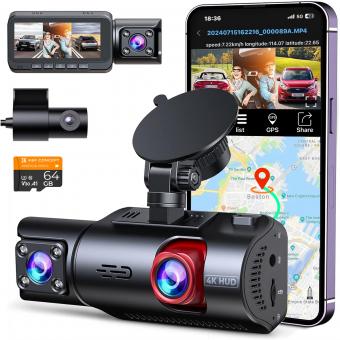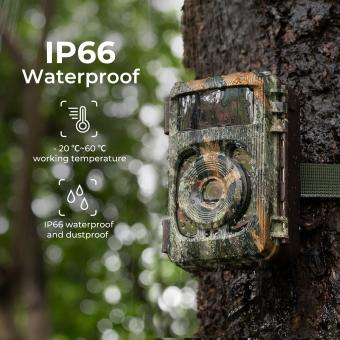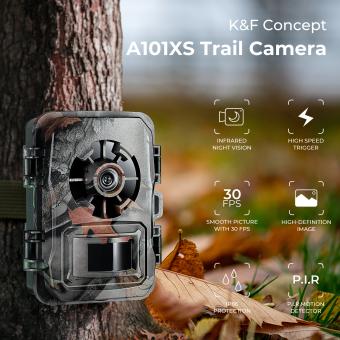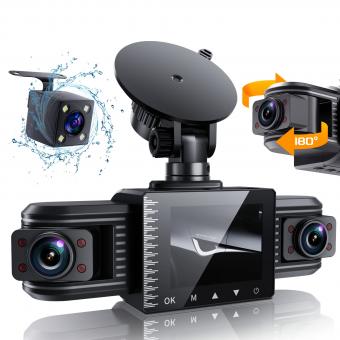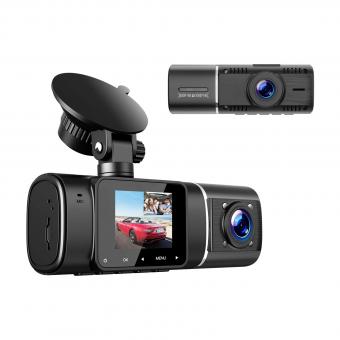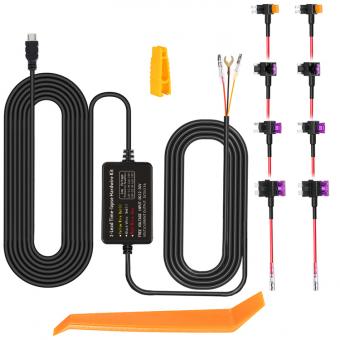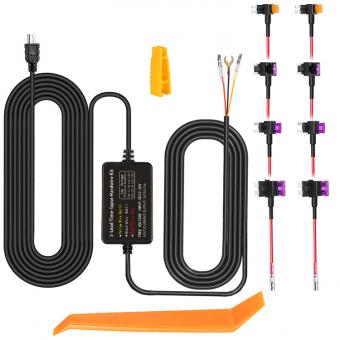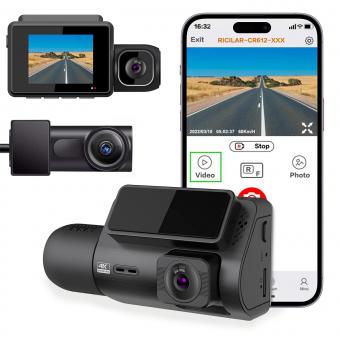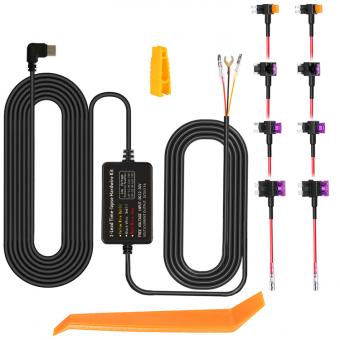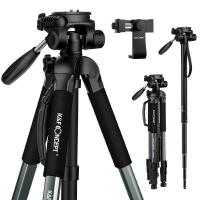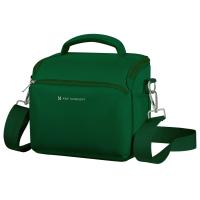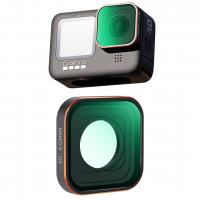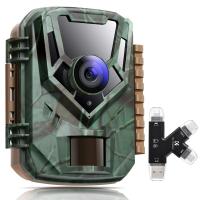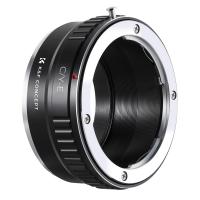How Much Storage For Dash Cam?
Dash cams have become increasingly popular due to their ability to provide an objective record of events on the road. Whether you are using your dash cam for personal safety, insurance purposes, or just to capture interesting moments during your drives, the storage capacity of your dash cam is a crucial factor to consider. In order to help guide you through the process of choosing the right storage for your dash cam, we will discuss various aspects including video quality, recording duration, memory card types, and other influential factors.
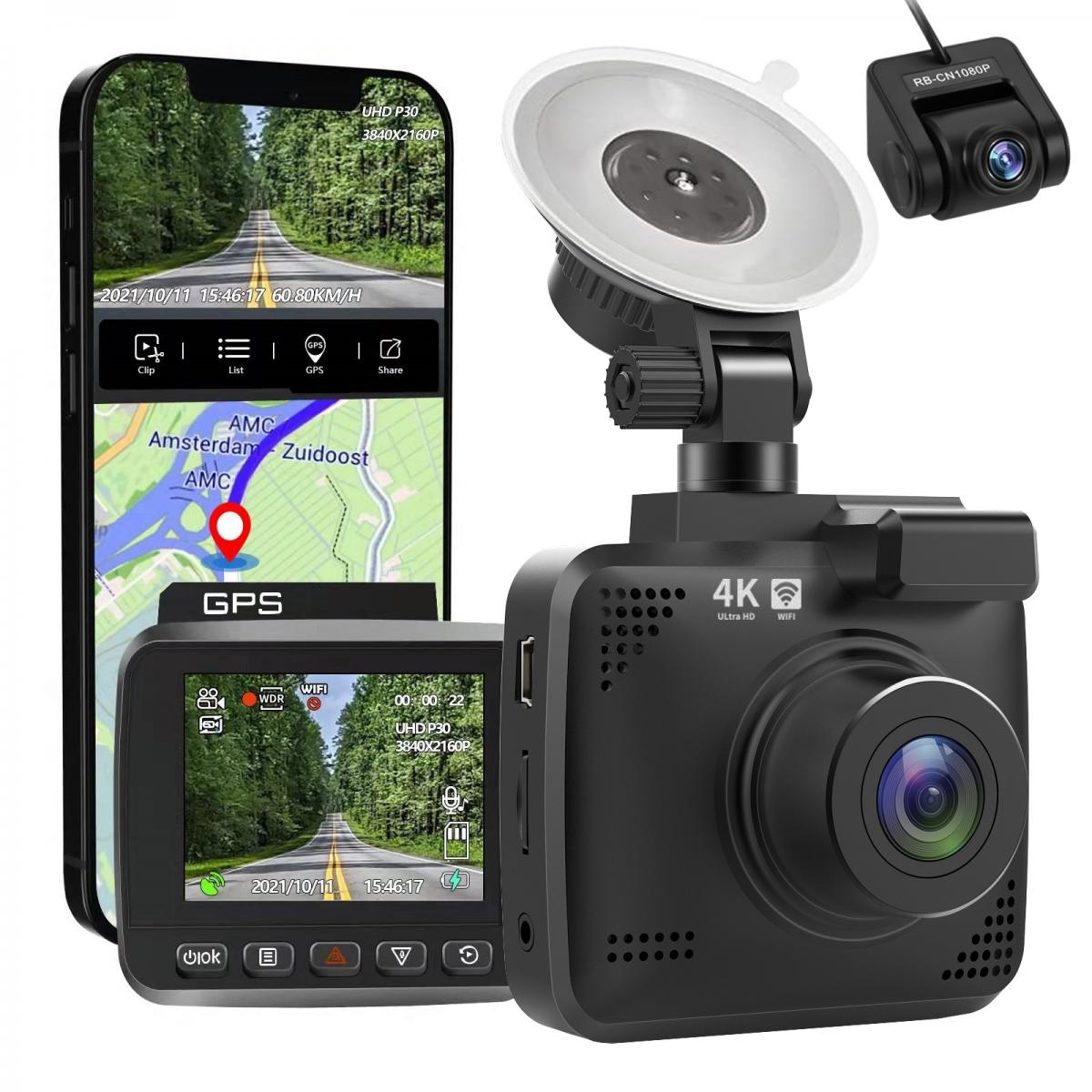
Understanding Video Quality and File Size
The first and most critical aspect you need to understand is how video quality impacts file size. Dash cams can record videos in different resolutions: standard definition (SD), high definition (HD), full high-definition (Full HD), and even 4K resolution. Higher resolution videos provide clearer images, essential for identifying details such as license plates and street signs, but they also consume more storage space.
- 720p (HD): Usually, 1 hour of recording takes up approximately 1GB of storage.
- 1080p (Full HD): This quality will consume around 3-4GB for a 1-hour recording.
- 1440p (Quad HD) and 4K: These higher resolutions can take up 6GB and 20GB per hour, respectively.
Depending on your needs, you may opt for higher or lower resolutions. If crystal-clear footage is essential, you'll lean towards Full HD or 4K, but if you require longer recording periods, you may consider a lower resolution.
Recording Duration
Different users will have varied requirements for how long their dash cam should record. For example, a long-haul truck driver will need considerably more storage space than someone who uses their vehicle for short commutes.
- Short Commutes: 32GB to 64GB is usually sufficient. This capacity can store several hours of HD footage or a couple of hours in Full HD.
- Long Drives or Daily Use: 128GB to 256GB offers a good balance between storage capacity and recording time, suitable for those who drive several hours a day.
- Extended Trips or Fleet Services: 512GB and above is recommended, especially if 4K recording is necessary.
Memory Card Types
Most dash cams use microSD cards for storage, and it's essential to choose the right card to ensure reliable performance.
- Class 10 UHS-I: Suitable for 1080p recordings.
- UHS-II: A better option for 4K recordings.
- Endurance Cards: Specifically designed for continuous recording, making them more reliable and durable under constant use.
A common mistake users make is investing in large memory cards without considering the read-write speed. Ensure the memory card matches the recording quality and capabilities of your dash cam.
Loop Recording
An essential feature to look out for is loop recording. This feature allows the dash cam to overwrite the oldest footage once the storage is full, ensuring that you always have the most recent content available. The storage capacity combined with loop recording means you don’t need infinite storage but rather just enough to cover your needs.
- Important Events: Some dash cams provide the capability to tag and securely store important events, which will not be overwritten in loop recording.
Additional Factors
Several other elements can also influence your storage needs:
- Dual-Channel Recording: Some dash cams record footage from both front and rear cameras simultaneously, essentially doubling your storage requirements.
- Special Features: Features such as time-lapse recording, motion detection in parking mode, and GPS data embedding can increase storage needs.
- Compression Algorithms: Advanced dash cams might use more efficient compression algorithms (like H.265 instead of H.264) to store more footage without sacrificing quality.
Real-Life Scenarios and Practical Advice
Consider your specific usage scenario:
- Commuters: For daily commutes totaling around 1-2 hours, a 64GB microSD card with Full HD recording will suffice, providing several days’ worth of footage before looping starts.
- Road Trips: If you're planning a long journey, consider a higher capacity memory card. A 256GB card combined with Full HD recording could record 4-5 days of continuous driving before rewriting.
- Fleet Managers: Businesses should invest in high-capacity endurance cards to ensure consistent recording across all company vehicles. For example, a 512GB card in Full HD mode can cover extensive driving hours and additional security features like GPS tracking.
It’s important to note that storage and dash cam requirements evolve as technology advances. Updates in recording technologies, cloud storage options, and connectivity features such as Wi-Fi can also influence your decision-making process.
Conclusion
Choosing the right storage capacity for your dash cam is a balance between video quality, recording duration, and practical usage scenarios. Assess your needs carefully – considering trip length, desired recording resolution, and any additional features – and select a memory card that aligns with these requirements.
Always prioritize reliable brands for your memory cards, and ensure they are compatible with your dash cam’s specifications. With the right storage solution, your dash cam will be a valuable tool, whether it’s for capturing breathtaking road trip scenery or providing crucial evidence in the event of an accident.

